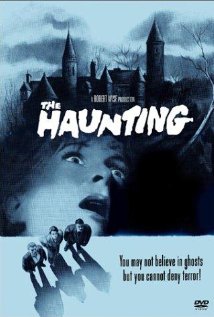 Celebrating its 50th anniversary, “The Haunting” will screen at 7 p.m. Tuesday, Oct. 29, at the Regent Theatre in Westwood.
Celebrating its 50th anniversary, “The Haunting” will screen at 7 p.m. Tuesday, Oct. 29, at the Regent Theatre in Westwood.
Dr. John Markway (Richard Johnson) is psyched to spend a few weeks at a 19th Century New England mansion – need I say haunted? – in order to study its creepiness. As you might suspect, things don’t go to plan. Also starring Julie Harris, Claire Bloom and Russ Tamblyn, who will attend Tuesday’s screening as a special guest. The evening is also a chance to pay tribute to Julie Harris, who died this summer.
At the time of its release, critic Judith Crist called the film “a thoroughly satisfying ghost story for grownups … completely contemporary in its psychological overtones and implications.”
Nelson Gidding wrote the script based on a Shirley Jackson novel; Robert Wise directs. Jan de Bont remade “The Haunting” in 1999, starring Liam Neeson, Catherine Zeta-Jones, Lili Taylor and Owen Wilson.
You can buy tickets here.





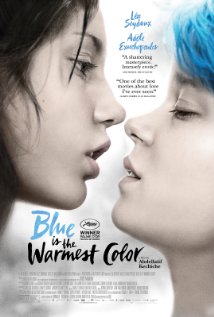
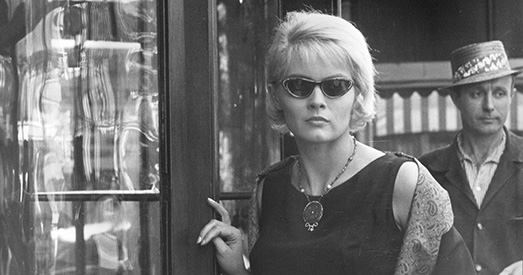
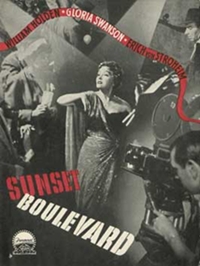
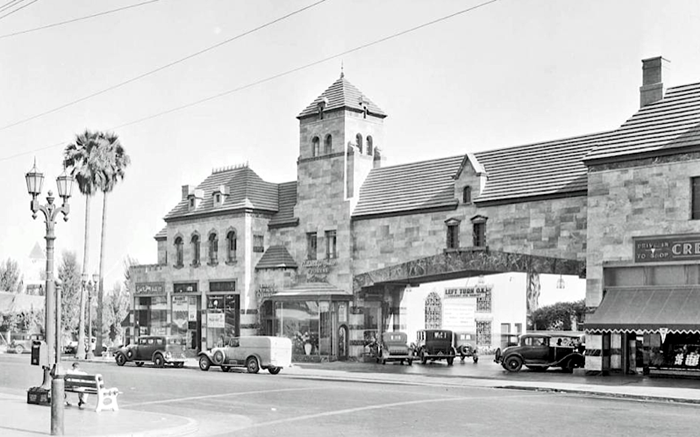
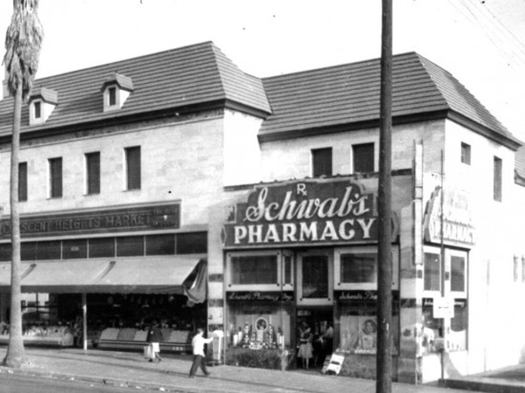
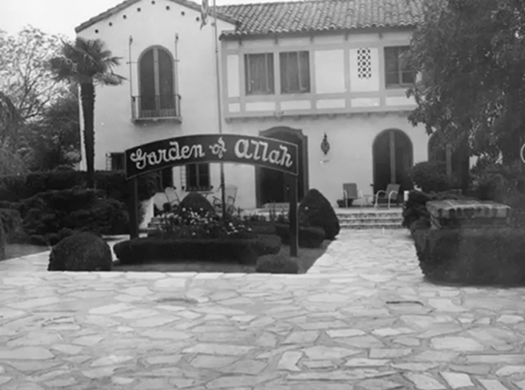
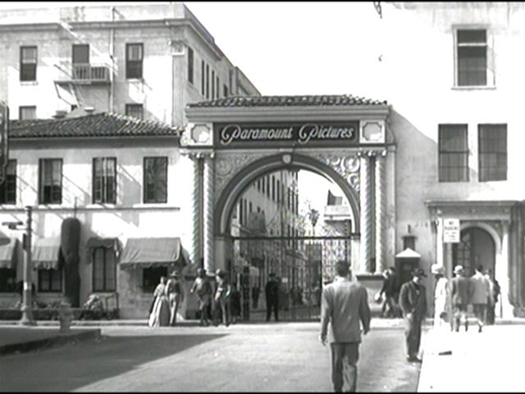
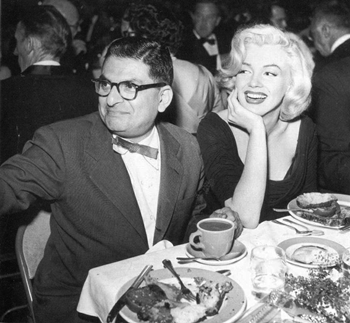
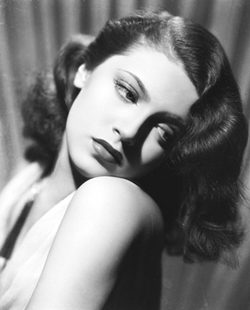
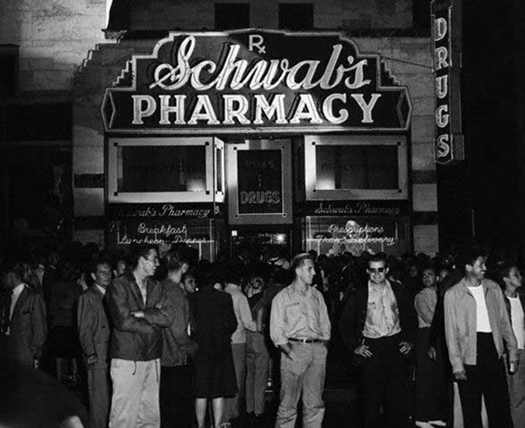
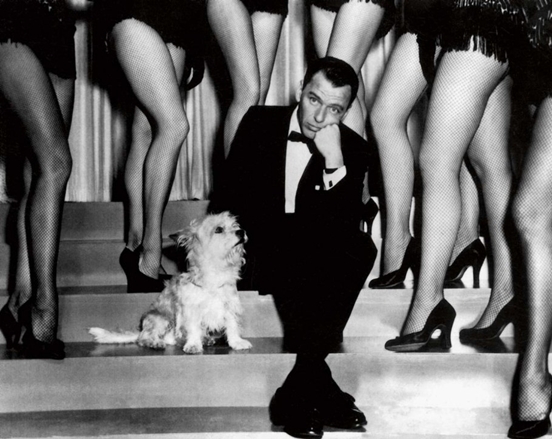
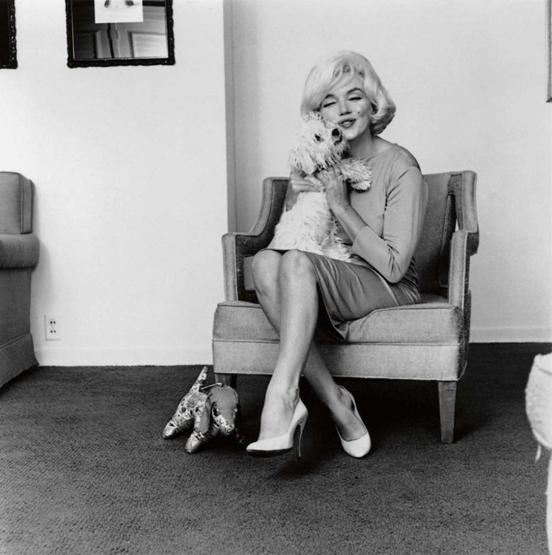
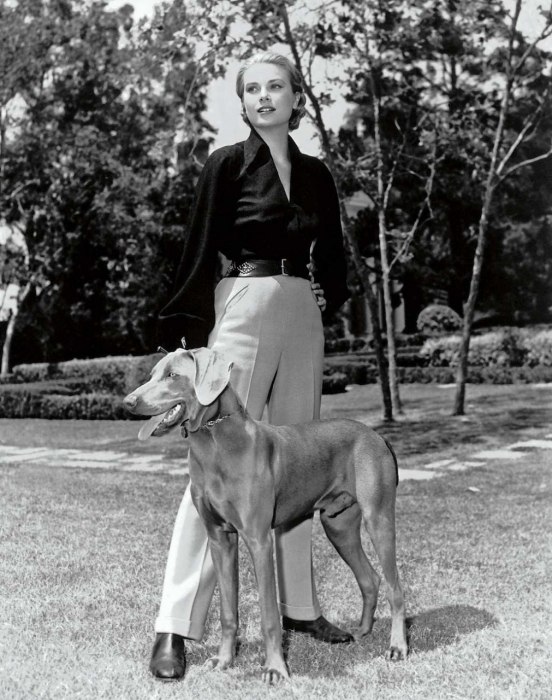
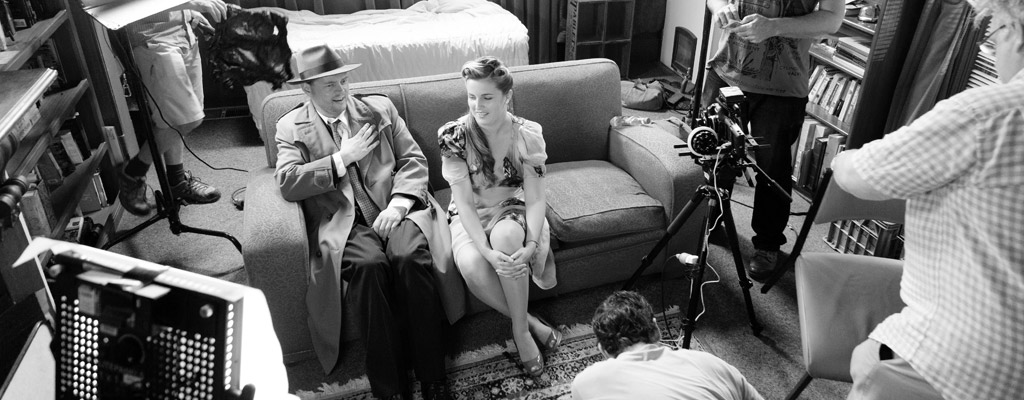
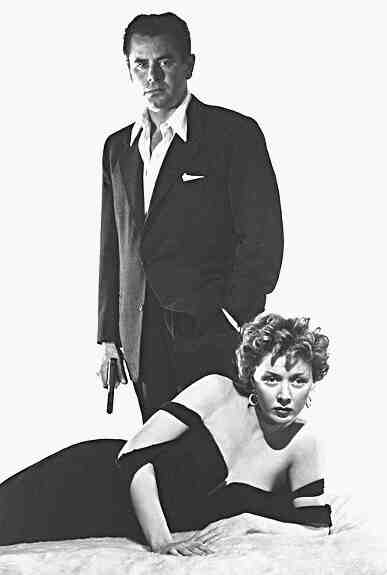
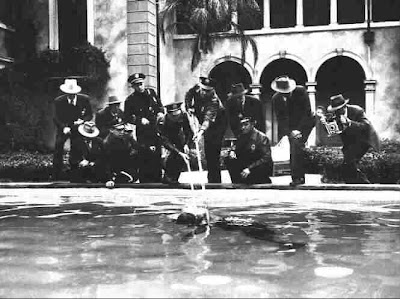


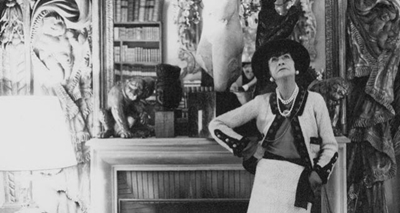

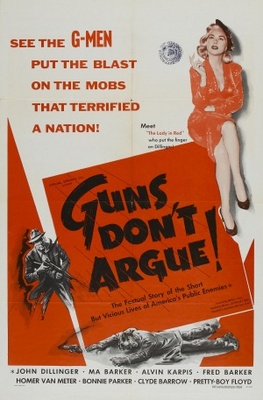
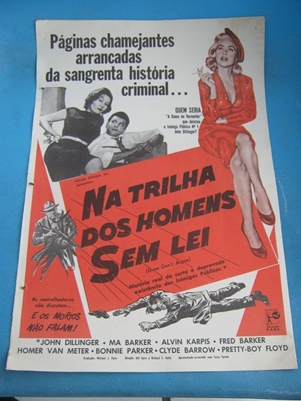 “Guns Don’t Argue” (1957, Richard C. Kahn, Bill Karn) was a compilation of a 1952 TV series released as a feature film. It’s true crime anthology of Pretty Boy Floyd, John Dillinger, Ma Barker and Bonnie & Clyde. In it, we see Jeanne Carmen as Floyd’s moll. You can watch scenes from the movie
“Guns Don’t Argue” (1957, Richard C. Kahn, Bill Karn) was a compilation of a 1952 TV series released as a feature film. It’s true crime anthology of Pretty Boy Floyd, John Dillinger, Ma Barker and Bonnie & Clyde. In it, we see Jeanne Carmen as Floyd’s moll. You can watch scenes from the movie 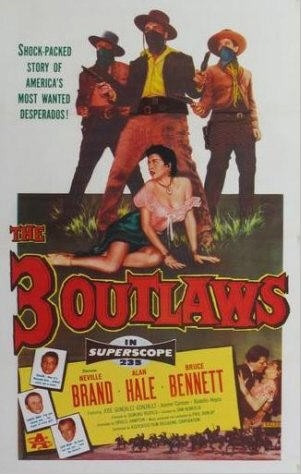
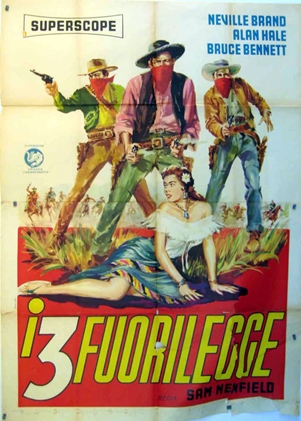 “The Three Outlaws” (1956, Sam Newfield) tells the story of Butch Cassidy and the Sundance Kid. Jeanne Carmen plays a temptress named Polimita. You can watch scenes from the movie
“The Three Outlaws” (1956, Sam Newfield) tells the story of Butch Cassidy and the Sundance Kid. Jeanne Carmen plays a temptress named Polimita. You can watch scenes from the movie 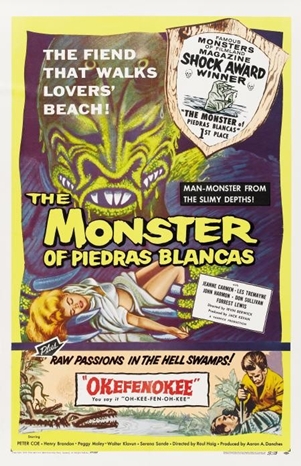

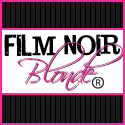



From FNB readers